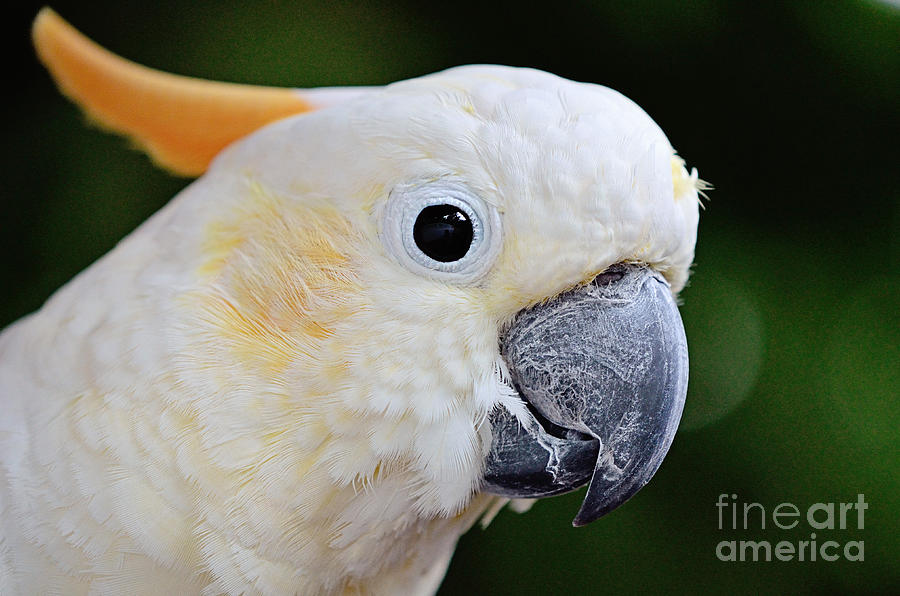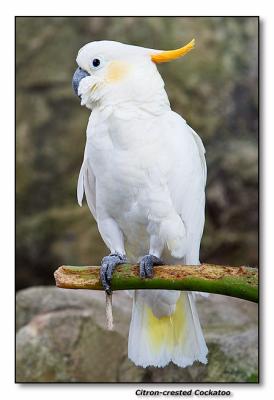

However, our humanness is also the very thing that makes us try so hard to get it right. One of the biggest struggles we have in doing things right for our parrots is with our humanness because it makes something that should be completely natural feel like work. It is even harder to WANT to see things from their perspective because sometimes it is a harsh look at the realities of nature.Īnthropomorphizing is a hole we don’t want to fall into. However, we are human, and it is hard to see things from a parrot’s perspective. The “fort” is a nest and the bird is definitely not playing. It has nothing to do with having found their other half. In reality parrots choose mates based on their ability to produce healthy chicks and defend their nest. However, when we allow ourselves that convenience it causes us to make mistakes in our care for our parrots, such as allowing them to “play” in a “fort” they are building inside a dark cabinet.

An example of this would be the presumption that parrots fall in love like humans do based on the fact that they choose a mate for life.Īnthropomorphizing is a tool that many humans use to try to make sense of things that they don’t understand.

It means to assign human traits to things that are not human, such as a parrot. The funders did not have any input into the content of this manuscript, and did not require approval of the manuscript before submission or publication.If you are the kind of person who has scoured the internet to learn everything available about your parrot, you have no doubt come across this word “anthropomorphism”. was supported by a scholarship of the German Academic Exchange Service (DAAD Doktorandenstipendium) and by Loro Parque Fundación. Our work on Sumba was funded by Zoologische Gesellschaft für Arten- und Populationsschutz (Fond für bedrohte Papageien and Strunden Papageienstiftung). Malham for sharing the camera trapping method. Widyanto) for their help our guides and hosts on Sumba for their support and hospitality the Indonesian Government for permission to undertake this research (Ristekdikti Research Permit 57/EXT/SIP/FRP/E5/Dit.KI/VII/2017 and KLHK/KNP Simaksi SI.60/SET/HKST/Kumil/10/2017, cooperation agreement with Matalawa National Park PKS.4/T.28/TU/KSA/03/2018) our local counterparts Burung Indonesia, Bogor Agricultural University (IPB University) and Universitas Nusa Cendana Kupang for their support T. Gabriel) and Burung Indonesia (in particular R.N.D. We thank the staff of Matalawa National Park (in particular A.R.M. Especially given continued trapping pressure, the species would benefit from targeted local awareness-raising and law enforcement, with the whole endeavour backed up by longer-term forest restoration. Accessible, known, safe artificial nest-sites would also provide opportunities to assess the scale of nest-site shortage, allow camera placements to study productivity, exclude some competitors and predators, and prevent illegal trapping. Intense competition for cavities suggests a shortage of suitable nest-sites, the need for preservation of old hole-bearing trees and a role for nestboxes. At the few cavities where cockatoos did breed, predation pressure was likely low, and observed success rate high (10 successful of 15 nests), although the low number of nests found early in the breeding cycle suggests that some may have failed before detection. Cockatoos prospected many cavities but rarely then attempted to nest: instead the sites were usually occupied by other cavity-nesters, or by bees. The Endangered Sumba Hornbill ( Rhyticeros everetti) dominated observed direct confrontations and was the most frequent visitor to active parrot nests, suggesting a further role as a potential nest-predator. Visitation rates by potential competitors were higher at unoccupied cavities than at those containing active nests, reflecting the guarding behaviour of the occupants. Competition for suitable cavities was intense among three large parrot species, two owls and a hornbill. We monitored 95 nesting cavities of cockatoos and their competitors and potential nest-predators, over one to four breeding seasons, using a combination of camera-traps, direct checks on nest contents, and observations from the ground. On the island of Sumba, Indonesia, the Critically Endangered Citron-crested Cockatoo ( Cacatua citrinocristata) has the added problem of co-existing with an unusually rich hole-nesting bird community in a forested environment much constrained by habitat loss. As cavity-nesters, parrots are particularly influenced by the availability of suitable cavities and low breeding output, whether due to natural processes or trapping.

Knowledge of breeding success and its limiting factors is crucial in assessing species’ conservation needs.


 0 kommentar(er)
0 kommentar(er)
